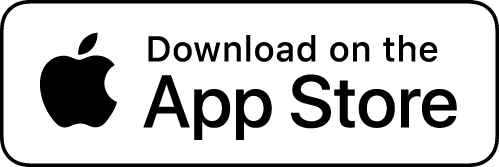The blessing of fresh, clean water is something most of us take for granted. In fact, there is a good reason for this as the US has some of the safest drinking water in the world. (1) When we turn on the tap we rarely consider the safety of our water.
Around the world, over 2 billion people do not have access to safe water, and drinking unsafe water is the cause of 1.2 million deaths each year. (2) In particular, these numbers reflect a problem present in mostly low-income countries. However, just because the US does not struggle with the same access and bacterial contamination issues does not mean all our drinking water is sufficiently safe.
The EPA reports that threats to safe drinking water are increasing. Also, all drinking water sources contain some naturally occurring contaminants. (3) While these contaminants are considered safe at low levels, new information is emerging about unregulated chemicals that pose a health risk turning up in our water supply. (4) Certainly, the struggle for clean water is ongoing.

How Drinking Water Is Cleaned
The purity and safety of drinking water are heavily regulated in the US. Water treatment plants filter out contaminants and use disinfectants such as chlorine to kill bacteria and other infectious agents. This requires a complex five-step process to bring water from its source and make it safe and drinkable.
Unfortunately, these plants are not uniformly monitored for efficacy and compliance with regulations. A recent study found unsafe levels of toxic compounds in drinking water across 33 states. (5) While around 90% of water systems are in compliance with state and federal laws for safe water, that leaves almost 10% of our drinking water outside of safety standards.

Determining If Your Water Is Safe
There are three potential contamination sources in the cycle of our water supply, and understanding the health of the water in your area requires knowledge of all three.
The first is pollution in the water source itself, such as lakes, rivers, and groundwater. The more concentrated the pollutants at the source, the greater difficulty in ensuring adequate filtration.
The second is at the treatment plant itself. Old or poorly maintained plants are understandably more likely to produce unsafe water. Some water systems in the US are almost 100 years old, and the cost to maintain and update them is tremendous. (6)
Finally, the third source of potential contamination is in the pipes that transport water to businesses and homes. These pipes can be a source of lead or other compounds that can pollute the water after it has left the treatment plant.
There is no easy answer for how you can determine your water’s safety, but a good place to start would be to check your local Consumer Confidence Report to find out how the water system in your area scored on its last quality check. If you want to go the extra mile, you can have your water tested by a state-certified lab to confirm the quality of the water coming out of your faucet.
Advocating for Our Water Supply
In 2010 the UN General Assembly recognized access to safe, sanitary drinking water as a fundamental human right. This is a critical distinction in low-income countries that struggle with unequal water access. However, the right extends to everyone, even those who simply turn on a tap to access water they believe is safe.
Population growth and climate change place increasing stress on our water safety and supply. As a result, it will be critical to advocate for policies that protect our water systems. It will also require each of us to take the best steps available to be responsible water users ourselves. Maintaining the quality of our water is a key to keeping up with our wellness.
References
- https://www.cdc.gov/healthywater/drinking/public/index.html Accessed 4/6/21
- https://ourworldindata.org/water-access Accessed 4/6/21
- https://nepis.epa.gov/ Accessed 4/6/21
- https://www.nrdc.org/stories/whats-your-drinking-water Accessed 4/6/21
- https://news.harvard.edu/gazette/story/2016/08/unsafe-levels-of-toxic-chemicals-found-in-drinking-water-of-33-states/ Accessed 4/6/21
- https://www.cdc.gov/healthywater/drinking/drinking-water-week.html Accessed 4/6/21







